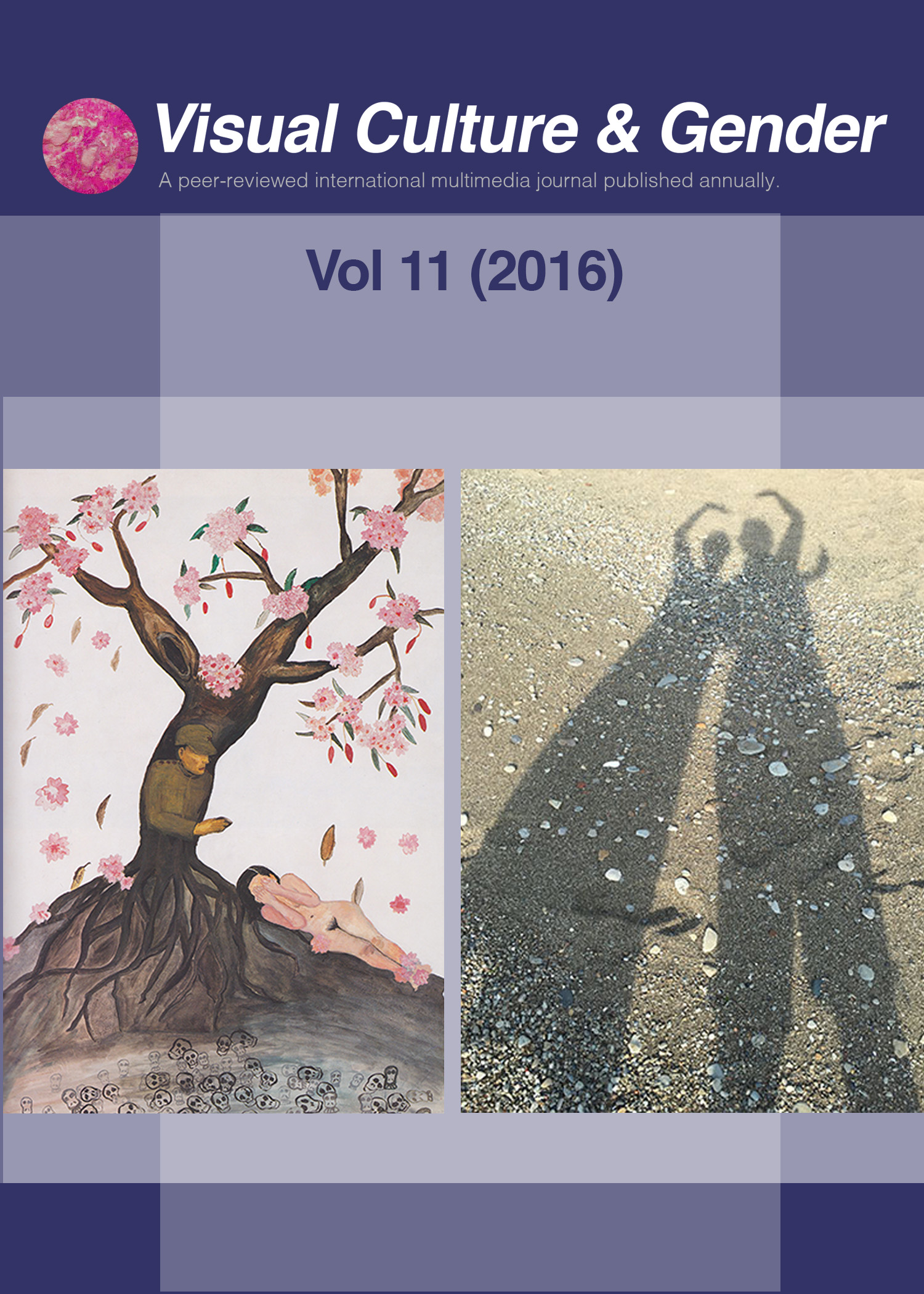Frida Kahlo, Remedios Varo, Leonora Carrington, and Leonor Fini: Feminist Lessons in Chimerism, Corporeality, Cuisine, and Craft
Keywords:
Surrealism, Latin American women artists, motherhood, nature, mysticism, feminist art educationAbstract
What visions (and versions) of feminism and motherhood are revealed by four women artists in the psychologically-laden genre of Surrealism? Frida Kahlo (1907-1954) stands out posthumously in contemporary art education lessons (Carroll, 2015; Hubbard, 2005; Koonlaba, 2015; Ward, 2005) perhaps not only because she was an accomplished Surrealist painter, but also her autobiographical paintings—of deep fragmentations of Mexican culture, female sexuality, and the female body—resonate with many feminist artists and educators in the 21st century. Spanish-Mexican Remedios Varo (1908-1963) painted works influenced by mysticism and philosophy, often including richly colored androgynous figures and paintings with complex feminist themes. British-born Leonora Carrington (1917-2011), a founding member of 1970s Mexico’s Women’s Liberation Movement, sought refuge in Mexico and drew artistic influence from Mexican folklore and mythology. She is notably an exile, expatriate, and creative collaborator/friend to Varo. These three artists are deeply connected to Mexico, while Argentine-born Leonor Fini (1908-1996) felt a continuing affiliation with Latin America. Carrington, Varo, and Fini are grouped together in writings on Latin American women artists exploring identity (Congdon & Hallmark, 2002). In addition, Fini and Carrington have been noted by art historians for their representation of matriarchal societies (Belton, 1995). Like Varo, Fini depicted androgynous characters in vividly colored paintings. The alchemically rich Surrealist paintings examined in this essay are of female or androgynous bodies becoming (or (be)longing with) animal bodies, domestic life including the Latin American kitchenspace as feminist cultural space of production, and the storied, mythic roles/representations of women and handcraft traditions.


